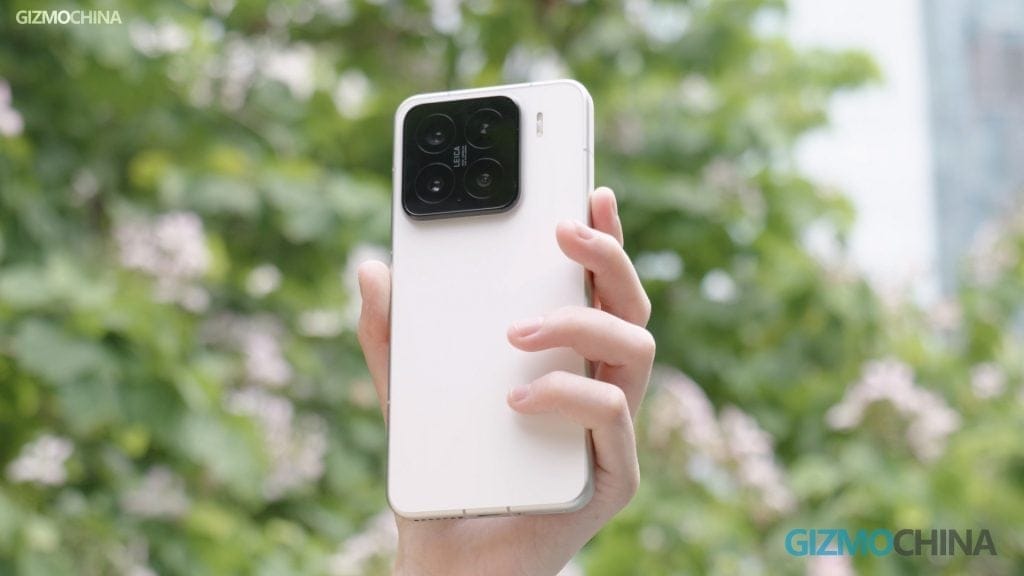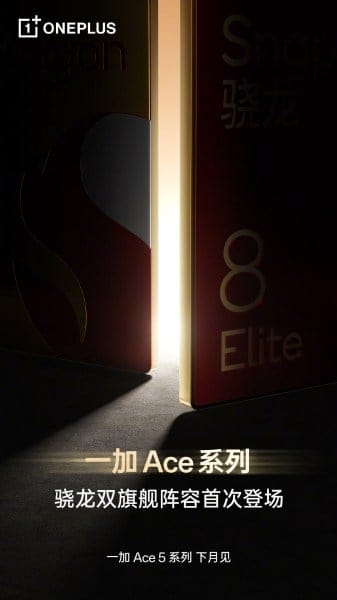Realme has unveiled its new flagship smartphone, the GT 7 Pro, in India. This high-performance device is packed with top specifications and offers an attractive price point, making it a strong choice for those in search of a premium mobile experience. Starting today, the phone is up for grabs through various online platforms and retail locations across India. Below are the specifics regarding the pricing and promotional offers available at launch.
Pricing, Availability & Launch Offers
The Realme GT 7 Pro is available in two different configurations:
- 12GB RAM + 256GB storage: Retailing for INR 59,999 (approximately $710), it comes with launch perks such as a bank discount of INR 3000, 12-month No Cost EMI options, or extended 24-month payment plans, plus one year of broken screen insurance.
- 16GB RAM + 512GB storage: Valued at INR 65,999 (about $780), this version includes one year of broken screen insurance and a two-year warranty.
The initial sale for the Realme GT 7 Pro was held on November 29th at realme.com, Amazon.in, and select physical stores.
Realme GT 7 Pro Features
Equipped with the cutting-edge Qualcomm Snapdragon 8 Elite 3nm SoC, the Realme GT 7 Pro delivers incredibly fast performance, perfect for intensive activities like gaming. It’s available with either 12GB or 16GB of LPDDR5X RAM, ensuring that apps run smoothly and without interruptions.
This smartphone showcases a remarkable 6.78-inch 120Hz LTPO Eco² OLED Plus display that can reach a peak brightness of 6000 nits, providing vivid visuals and outstanding responsiveness. The screen includes features like Dolby Vision, a wide DCI-P3 color gamut for realistic colors, and high-frequency PWM dimming to minimize eye fatigue.
Camera System and Battery Life
The GT 7 Pro is equipped with an impressive camera setup. The rear camera system includes a 50MP Sony IMX906 main sensor with OIS, an 8MP ultra-wide lens, and a 50MP telephoto lens with 3x optical zoom, enabling users to take stunning photos and videos. Additionally, there is a 16MP front camera for selfies and video chats.
Pre-installed with Android 15 and realme UI 6.0, the phone is powered by a robust 5800mAh battery that supports 120W fast charging to keep you energized throughout the day. Other features include an in-display ultrasonic fingerprint scanner, IP68+IP69 dust and water resistance, along with Wi-Fi 7 connectivity.




















